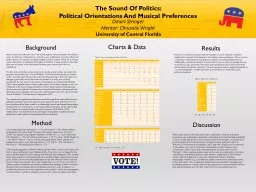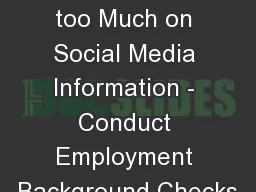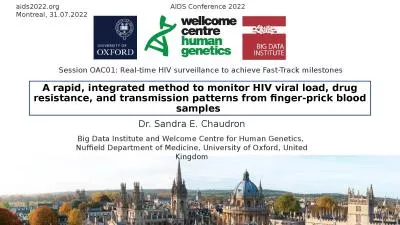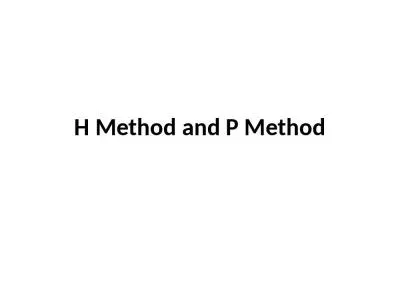PPT-Background Results Method
Author : pamella-moone | Published Date : 2019-11-08
Background Results Method Discussion The Sound Of Politics Political Orientations And Musical Preferences Omari Stringer Mentor Chrysalis Wright University of Central
Presentation Embed Code
Download Presentation
Download Presentation The PPT/PDF document "Background Results Method" is the property of its rightful owner. Permission is granted to download and print the materials on this website for personal, non-commercial use only, and to display it on your personal computer provided you do not modify the materials and that you retain all copyright notices contained in the materials. By downloading content from our website, you accept the terms of this agreement.
Background Results Method: Transcript
Download Rules Of Document
"Background Results Method"The content belongs to its owner. You may download and print it for personal use, without modification, and keep all copyright notices. By downloading, you agree to these terms.
Related Documents














